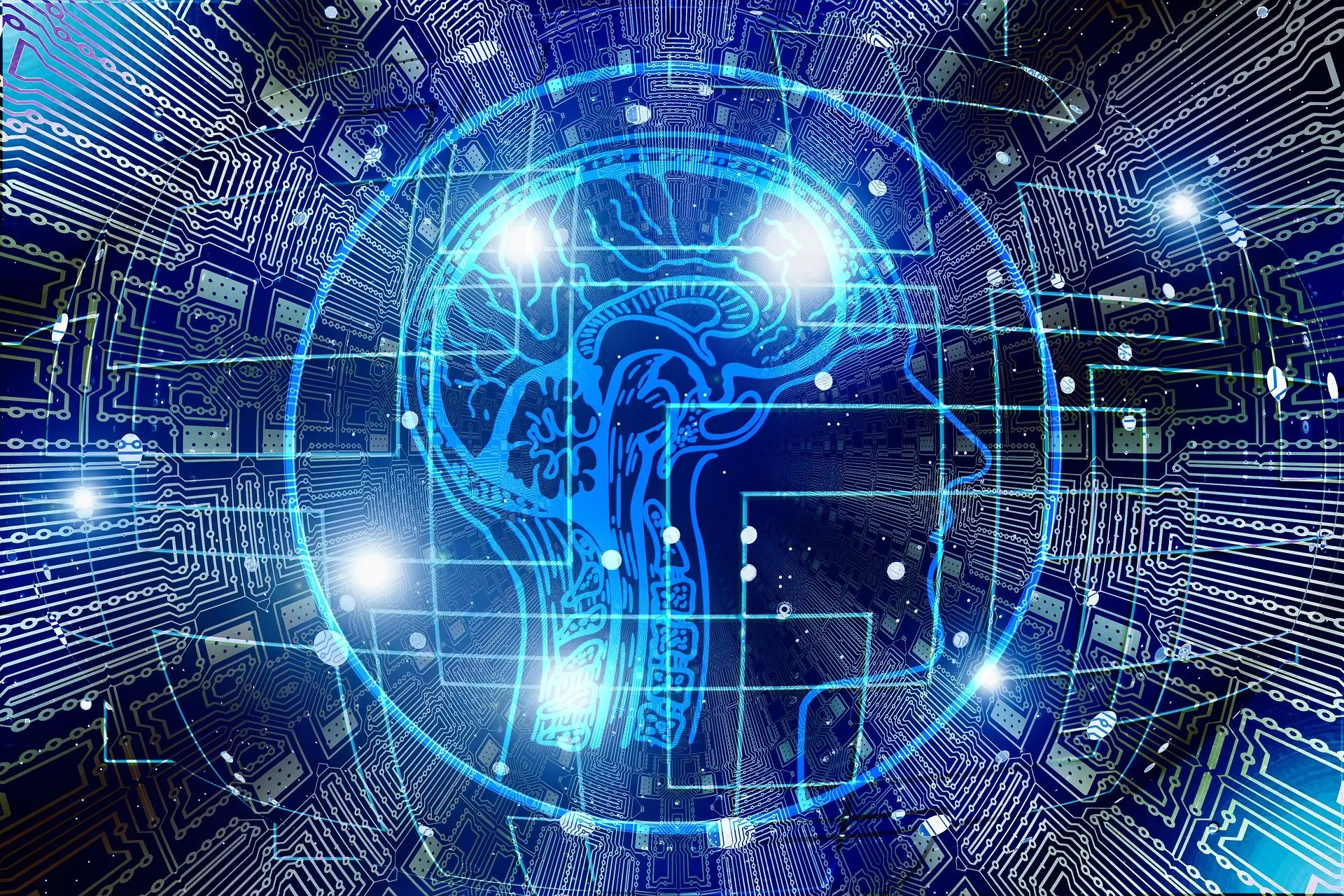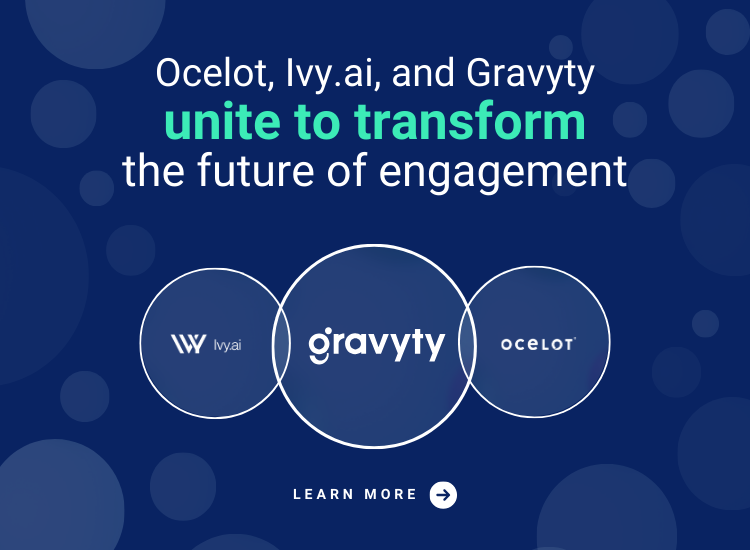Bring up the topic of artificial Intelligence (AI) in casual conversation and you’ll get a range of reactions: from “it sounds like science fiction” to “it scares me” to “it’s all around us, isn’t it?”.
The simplest way to think about AI is to consider it as anything that makes machines act smarter. This can be on a small or large scale.
The key is using AI technology to enable machines and systems to operate in ways that are more effective and efficient than they would without it.
Within higher education, AI has taken on considerable importance as colleges and universities seek out affordable technologies that can scale personalized support and service for students amid extraordinary enrollment and financial pressures.
As college administrators consider AI technology, here is some context that can help you better understand:
A) the various types of AI,
B) what is real AI and what is not, and
C) how AI can be deployed to assist students.
The AI spectrum Spans from the Narrow to the Super
“Narrow AI” operates in specific domains and learns through training. Current applications include self-driving cars and Siri. For higher education, we see narrow AI deployed through chatbots, virtual assistants, advertisements, online proctoring, classroom discussion forums, and tutoring systems.
“Strong AI” operates in a wide variety of ways and independent domains. It learns through experience to solve new problems, eventually developing human-like consciousness. There are no current examples.
“Super AI” operates at a human level of consciousness. This is the HAL 9000 many will remember from 2001, A Space Odyssey or Skynet in the Terminator movies.
AI Involves Many Fields of Study
While AI is a new and evolving technology, it draws on a variety of long-standing fields of study that we are all familiar with, including: Computer Science, Psychology, Linguistics, Philosophy, Statistics, Mathematics, and Electrical Engineering.
The “Machine Learning” Branch of AI
At Ocelot, we are focused on using AI primarily for machine learning to enable our technology to deliver information to students whenever they need it, cover a variety of subjects, and communicate across multiple platforms. Machine learning allows our technology to learn from big data to predict or classify a students’ needs.
Machine learning covers a variety of technologies and practice areas, including: speech recognition, natural language processing, neural networks, deep learning, pattern recognition, supervised learning, unsupervised learning, and reinforcement learning.
AI-Powered Chat Conversations
Our AI-powered chat technology enables students to have conversations with colleges and universities, without the institutions needing to staff the chat with a real person. The AI technology instead handles the conversation.
Colleges have limited resources, so leveraging an AI chatbot when student inquiries are high, or when the office is closed, is a really smart way to deliver strong 24/7 student service. The AI chatbot can field Tier 1 and many Tier 2 questions, guide students to resources, and provide them with immediate support. This cuts down on student frustration and balances the load on the staff.
When the conversation hits a dead-end, or a human is requested, the chatbot loops in a staff member (if available), or provides a summary for an administrator to handle when they are able to respond.
The Promise of AI for Higher Education
These are extraordinary times. Many colleges and universities are facing enrollment declines and funding challenges amid the pandemic.
Affordable self-service technology such as AI chatbots can cut an innovative path forward for institutions. Indeed, the pandemic has ushered in a decade’s worth of technology innovation within a short time period. Gartner estimates that by 2023, 60% of customer service engagements will be delivered via digital and self-serve channels, up from 23% in 2019.
Many colleges and universities are determined to innovate in order to not only survive these pressures, but to provide students with a better, more holistic 24/7 experience.
Over the years, there has always been frustration with student service in higher education — on all sides — from the students who could not find an advisor when they needed one, to staff that want to help students but are limited in their capacity, and the school itself which loses students who get frustrated and do not persist.
AI technology can be a critical component of an experience that is more accessible and consistent. One that will set students up for greater success through college and into the job market. Affordable AI technology offers a lot of hope. But that hope needs to be tempered against realism.
Today’s AI is on the “narrower” side of the AI scale. Yet, if it is done well, it will scale, and get stronger and stronger over time. And as it gets stronger, it will deliver greater and greater value to the institutions that choose to invest in it.








